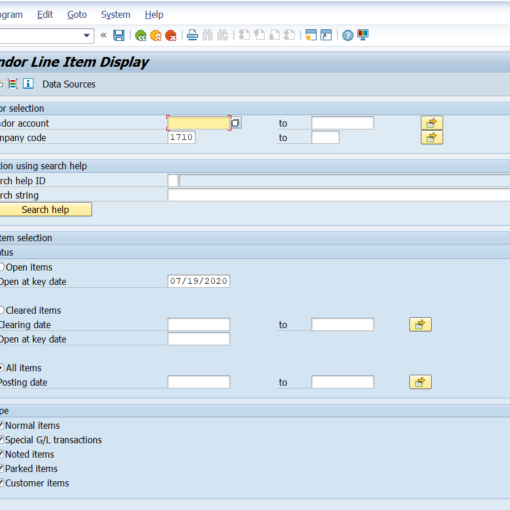Introduction: In today’s fast-paced and highly competitive business landscape, organizations face the constant challenge of optimizing their operations to stay ahead of the curve. Business Process Intelligence (BPI) emerges as a critical tool in this pursuit, offering a data-driven approach to process improvement and organizational efficiency. By harnessing the power of data, BPI empowers businesses to gain actionable insights, identify bottlenecks, and enhance decision-making to drive growth and success. In this blog, we delve into the concept of Business Process Intelligence and explore its profound impact on businesses.
Understanding Business Process Intelligence
Business Process Intelligence is a multidimensional concept that combines data analytics, process mining, and business intelligence methodologies to gain a comprehensive understanding of how an organization’s processes function. BPI leverages the vast amount of data generated within a company, such as transaction logs, customer interactions, and operational metrics, to provide valuable insights into process efficiency, effectiveness, and compliance.
The Key Pillars of Business Process Intelligence
- Data Collection and Integration: The first step in BPI involves the collection and integration of data from various sources, both structured and unstructured. This data can come from Enterprise Resource Planning (ERP) systems, Customer Relationship Management (CRM) software, web analytics, and more. Ensuring data quality and integrity are critical to obtain accurate insights.
- Process Mining: Process mining is a fundamental technique in BPI, allowing organizations to visualize and analyze their processes based on real-time data. By reconstructing process models from event logs, businesses can identify deviations, bottlenecks, and inefficiencies in their operations.
- Performance Measurement: Business Process Intelligence enables organizations to define and measure key performance indicators (KPIs) to assess process performance. These KPIs act as benchmarks, providing insights into process efficiency and identifying areas for improvement.
- Root Cause Analysis: BPI facilitates in-depth root cause analysis, empowering businesses to identify the underlying factors that contribute to process bottlenecks or deviations. Understanding the root causes is crucial for implementing effective and sustainable solutions.
- Predictive Analytics: Leveraging advanced algorithms, BPI can forecast future process behavior based on historical data. Predictive analytics aids in proactive decision-making, allowing organizations to anticipate challenges and optimize processes in advance.
The Benefits of Business Process Intelligence
- Process Optimization: BPI lays the groundwork for process optimization by identifying inefficiencies and bottlenecks. Armed with this knowledge, organizations can streamline processes, eliminate redundancies, and enhance overall productivity.
- Enhanced Customer Experience: By analyzing customer interactions and touchpoints, BPI enables businesses to understand customer preferences and pain points better. This leads to the development of customer-centric processes that result in improved customer experiences and increased loyalty.
- Data-Driven Decision Making: BPI shifts decision-making from gut-feelings to data-driven insights. Leaders can make informed choices based on factual evidence, reducing risks and increasing the likelihood of successful outcomes.
- Improved Resource Allocation: With a clear understanding of process performance, businesses can allocate resources more efficiently. This prevents resource wastage and ensures that the right resources are utilized for the right tasks.
- Compliance and Risk Management: Business Process Intelligence helps organizations to ensure compliance with regulations and internal policies. It also identifies potential risks, allowing businesses to implement controls and minimize the likelihood of costly compliance violations.
- Continuous Improvement: BPI promotes a culture of continuous improvement within organizations. Armed with data-driven insights, businesses can continuously refine their processes to adapt to changing market conditions and customer demands.
Challenges and Considerations
While Business Process Intelligence offers a plethora of benefits, its successful implementation comes with challenges:
- Data Quality and Integration: Ensuring data accuracy, consistency, and integration from various sources can be complex and time-consuming.
- Process Complexity: Some processes may be highly intricate and involve numerous subprocesses, making it challenging to map and analyze them effectively.
- Organizational Resistance: Introducing BPI may encounter resistance from employees who fear automation could lead to job insecurity.
- Data Privacy and Security: Dealing with sensitive data necessitates robust privacy measures to safeguard against potential breaches.
Conclusion
Business Process Intelligence is rapidly becoming a strategic necessity for businesses seeking sustainable growth and competitive advantage. By harnessing the power of data, organizations can gain actionable insights, optimize their processes, and make informed decisions. Embracing BPI is not only about being data-driven but also fostering a culture of continuous improvement and innovation. As technology evolves and data analytics capabilities expand, Business Process Intelligence will remain a cornerstone for businesses seeking operational excellence and long-term success.





